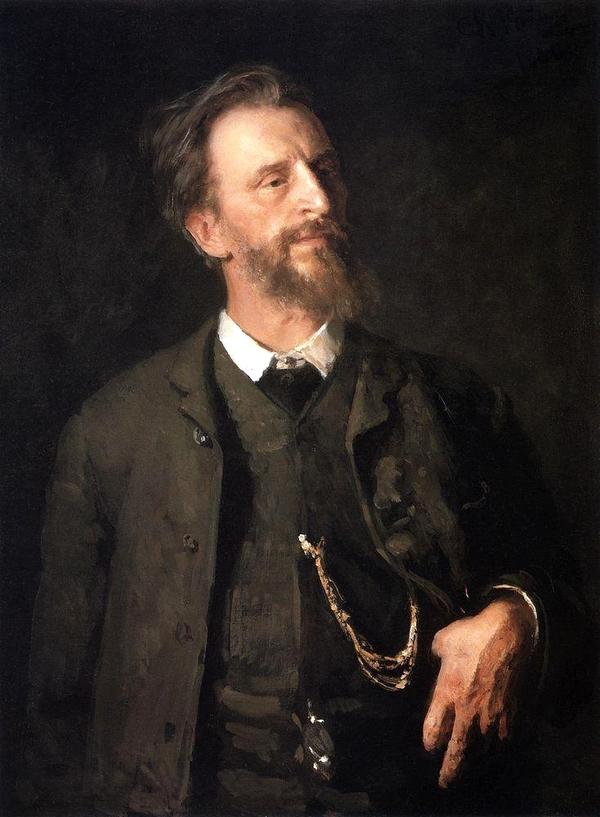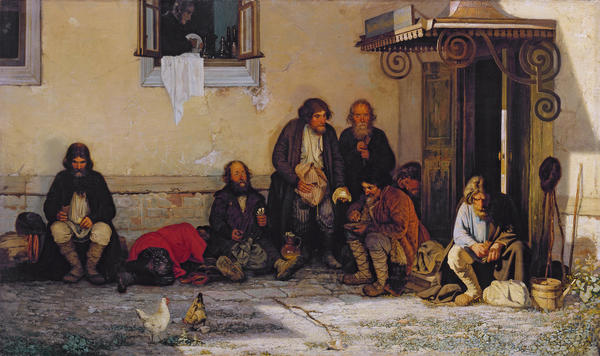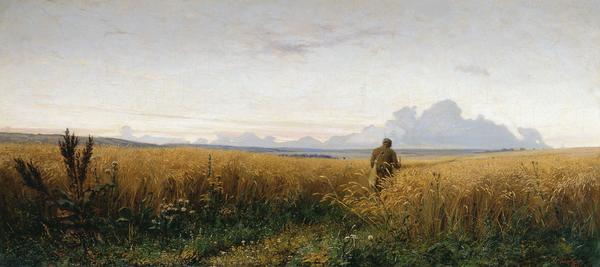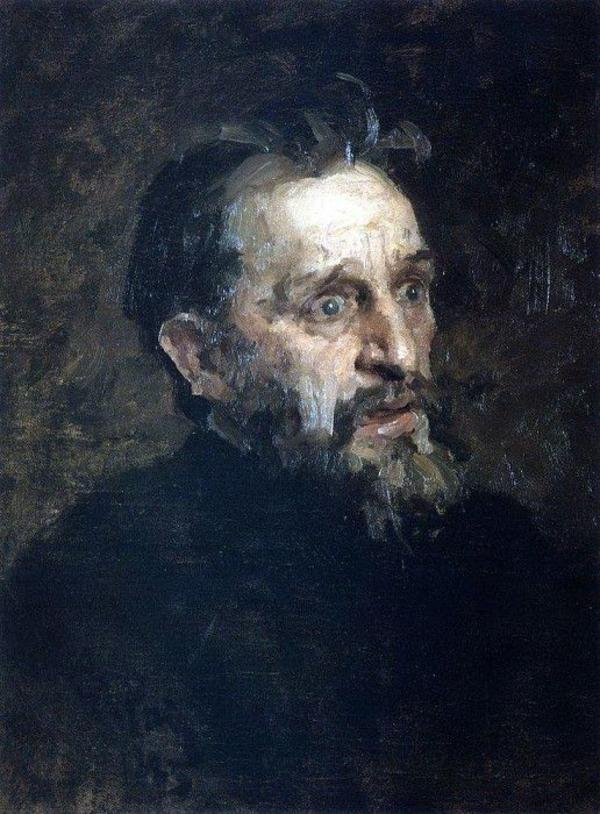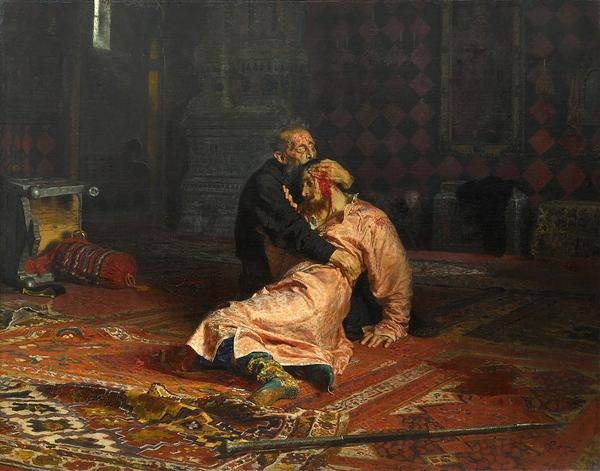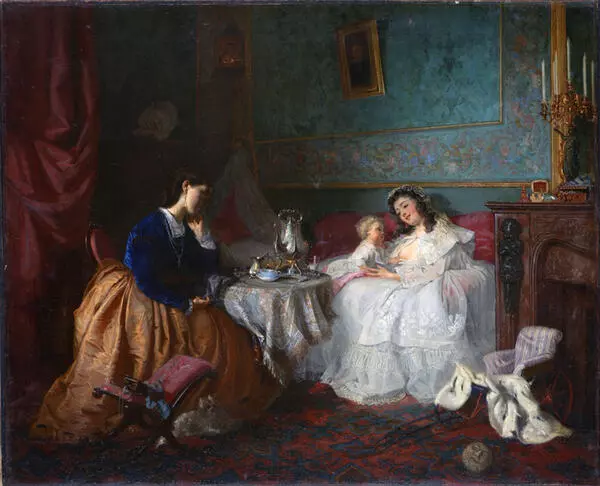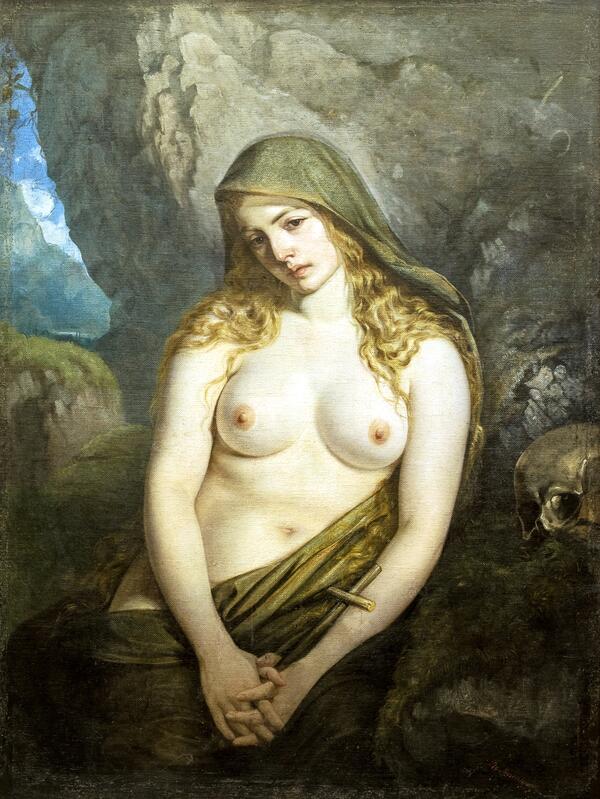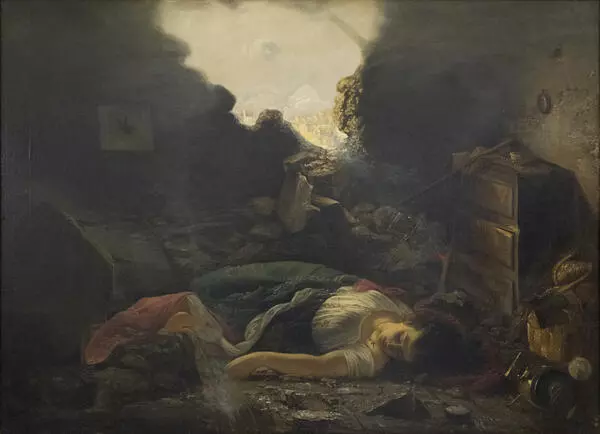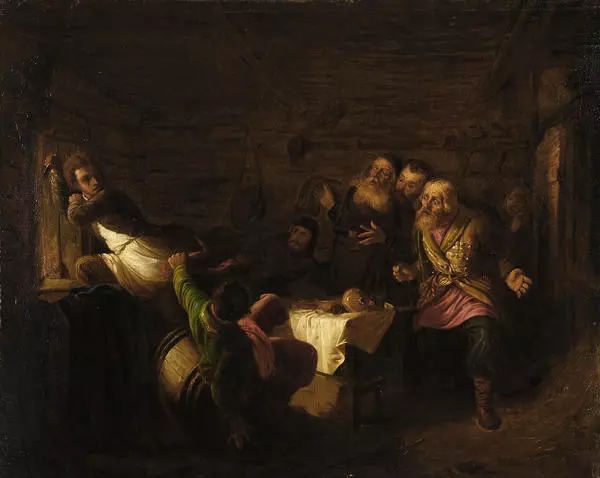This hot scenery is full of soft light, Middle Eastern motifs and exotic bright colors; and at the same time, the familiar outlines of houses, silhouettes of people in their usual clothes are seen in the background. Only in this way did Grigoriy Myasoyedov, one of the founders of the Itinerants (Wanderers' Society), perceive Yalta, a town full of contrasts, almost strange but so dear.
1 / 3
#1

Grigoriy Myasoyedov
Pier in Yalta
#2
#5
The Crimea, especially Yalta, was a favorite place for the artist. In this popular resort town, he bought a land plot near the embankment and built several houses, including his own studio. The artist spent a lot of time there, relaxing and painting. The life in the Crimea had changed Myasoyedov’s creative style: from the painter of scenes of everyday life he turned into a romantic landscape painter, and his seascapes quickly became popular.
#3

Embankment in Yalta. Photo, 1893
#9
Grigoriy Myasoyedov graduated from the Academy of Fine Arts in a challenging period of time of the so-called “riot of fourteen” that occurred in 1863, when 14 graduates, including Ivan Kramskoy, Konstantin Makovsky, Alexander Morozov and other artists whose names became well-known later, had refused to participate in the competition for the big gold medal. That was their protest against the classical and academic style of teaching. The artists had been supporting the newborn school of national realistic trend in painting, and Myasoyedov had joined this movement later.
Ilya Repin, Portrait of Myasoyedov, 1906. Oil on canvas. The State Tretyakov Gallery
#10
In 1871, the artist organized a traveling art exhibition in St. Petersburg that was also shown in Moscow, Kiev, Kharkov and other cities. It was the first exposition of the Wanderers.
A year later, at the second traveling art exhibition, Myasoyedov demonstrated one of his most famous paintings, The Zemstvo is Dining. The main theme of the artist’s works of that period was the life of peasants, the key motif in the artworks of most of the Wanderers.
#7
Grigoriy Myasoyedov, The Zemstvo is Dining, 1872. The State Tretyakov Gallery
#14
Later, in the 1880s, Myasoyedov organized his own school of painting. His creative style had changed; the paintings became lighter and more airy, as, for instance, The Road in the Rye. At that time, the artist was seriously interested in gardening.
#8
Grigoriy Myasoyedov, Road in rye, 1881. The State Tretyakov Gallery
#11
Ilya Repin, Man’s Head, 1883. Sketch for the painting Ivan the Terrible. Oil on canvas, 55×44 cm. The State Tretyakov Gallery
Apart from creating popular paintings, Myasoyedov also sat as a model for a cult artwork. It was he who was painted by Ilya Repin to depict Tsar Ivan in the painting Ivan the Terrible and His Son Ivan on November 16, 1581 (also known as Ivan the Terrible Kills His Son).
#12
Ilya Repin, Ivan the Terrible and His Son Ivan on November 16, 1581 (1883–1885). Oil on canvas. 199.5×254 cm. The State Tretyakov Gallery
#13
Several years later, after Repin had completed his work, in 1911, Grigoriy Myasoyedov passed away in his estate near Poltava.
читать дальшескрыть
00:00
00:00
1x
Pier in Yalta
Время создания
1890
Размер
47,5x64 cm
Техника
Oil on canvas
Коллекция
10
Открыть в приложении
Поделиться



